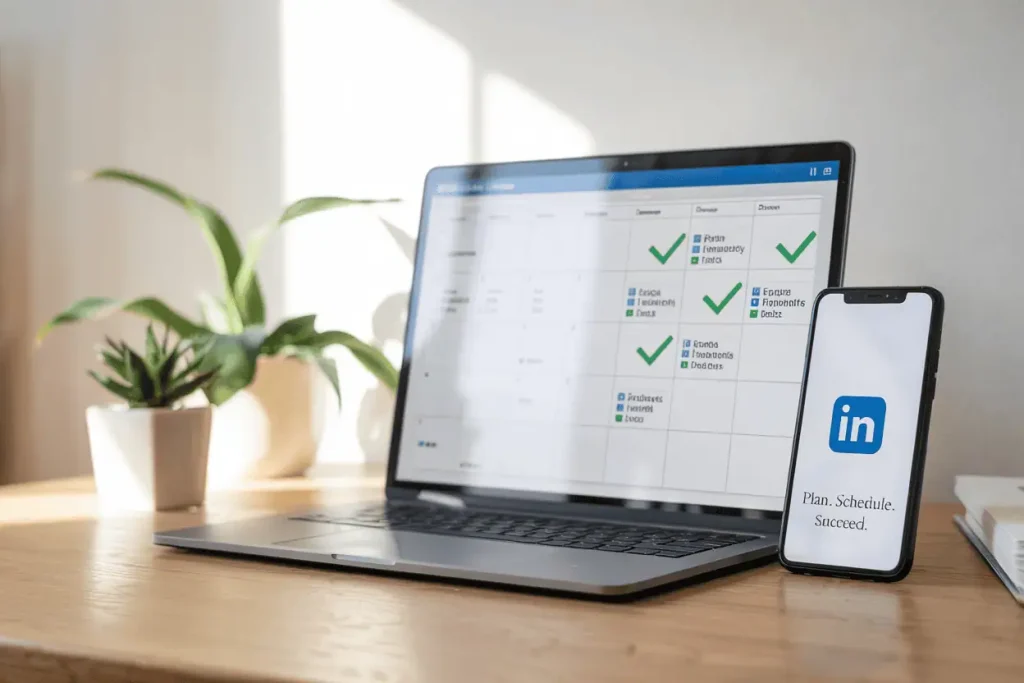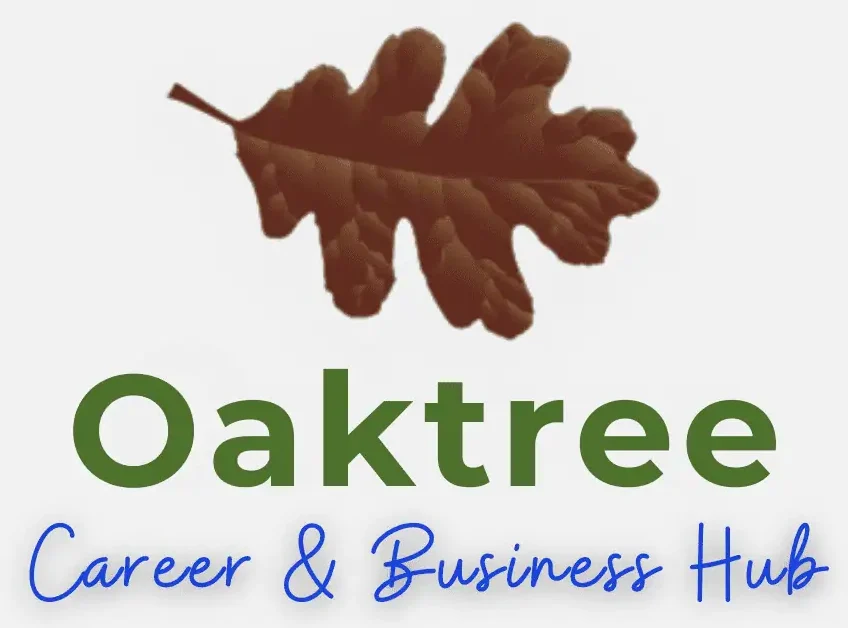The Best Times to Post on LinkedIn for Job Seekers
Are you posting on LinkedIn but not getting seen? Timing matters.

The right posting time can help remote job seekers get noticed by the right people.
LinkedIn is fundamentally a timing-based platform, and strategically timing your content can increase your visibility to employers and recruiters.
What the LinkedIn Algorithm Cares About
Before diving into specific posting times, it’s essential to understand what drives LinkedIn’s algorithm:
Early engagement matters most. The platform heavily weights interactions that happen within the first 60-90 minutes after posting. Content that gains quick traction is more likely to be distributed to a wider audience.
Your current activity level affects reach. LinkedIn rewards consistent users. The more regularly you engage with the platform, the better your content performs.
Relevance equals reach. Posts that resonate with your specific audience get boosted. The algorithm detects when your content strikes a chord with your network and expands its visibility accordingly.
Best Times to Post Based on Latest Data
Top Days for Maximum Visibility
Tuesday through Thursday consistently prove to be the most effective days for LinkedIn posting.

The middle of the work week is when professionals are most active on the platform and can engage with your content.
Optimal Time Windows
- 7:00 AM – 9:00 AM: Catch people during their morning routine before they dive into meetings
- 11:00 AM – 1:00 PM: The lunch break window is prime time for scrolling
- 5:00 PM – 7:00 PM: The post-work period when many professionals catch up on industry news
When to Avoid Posting
Late nights (after 8:00 PM) and weekends typically see significantly lower engagement rates for job-related content.

While there are exceptions for certain industries, job seekers are generally better off saving their best content for weekday business hours.
How to Test What Works for You
Generic advice can only take you so far. Your specific audience, industry, and geographical location may influence optimal posting times.
Try this to find your personal sweet spot:
- Create a consistent posting schedule that you can maintain for 2-3 weeks
- Track your results in a simple spreadsheet (post time, day, impressions, engagements)
- Look for patterns in which times and days consistently perform better
- Adjust your strategy based on the data you collect
Scheduling Tools That Help
Consistency is key, but that doesn’t mean you need to be online at exactly the right moment.

These tools can help you schedule posts for optimal times:
- LinkedIn’s Native Scheduler: Built directly into the platform with no additional cost
- Buffer: User-friendly interface with basic analytics
- Hypefury: Excellent for repurposing and recycling your best content
- Publer: Offers detailed analytics and multi-platform scheduling
Bonus Tips for Maximum Visibility
Don’t post and ghost. The first 30 minutes after posting are critical. Stay online and respond promptly to any comments. This signals to the algorithm that your post is generating meaningful engagement.
Prime the algorithm before posting. Spend 15-20 minutes commenting thoughtfully on at three posts in your feed before sharing your own content. This “warms up” the algorithm and indicates activity.
Consider your audience’s time zone. If you’re targeting remote jobs with companies in specific regions, adjust your posting schedule to align with their business hours.
Good timing helps, but good content matters most.
Write helpful, real posts that show your skills. Then post at the right time.
With this combined approach, you’ll significantly increase your chances of getting noticed by the right opportunities in today’s remote job market.







